Understanding camera angles is a game-changer for you as a budding filmmaker. Each angle tells a different story; for example, shooting from a low angle makes your subject look heroic, while a high angle can suggest vulnerability. It’s like magic! Eye-level shots connect you to your audience, and don’t get me started on the Dutch angle—it adds a delightful twist to the suspense. I once shot a chase scene using it, and it genuinely felt chaotic! Just remember to stay safe while experimenting. If you stick around, you’ll discover tips and tricks to make your film truly shine!
Key Highlights
- Different camera angles, such as low and high perspectives, influence viewer emotions and storytelling effectiveness.
- Eye-level angles create a natural connection between viewers and subjects, enhancing authenticity in narratives.
- The Dutch angle technique adds tension and unease, ideal for suspenseful scenes and action sequences.
- Overhead shots provide unique perspectives, showcasing spatial relationships and enhancing storytelling through dramatic visuals.
- Safety should always be prioritized when experimenting with camera angles, especially in elevated or risky filming locations.
Importance of Camera Angles
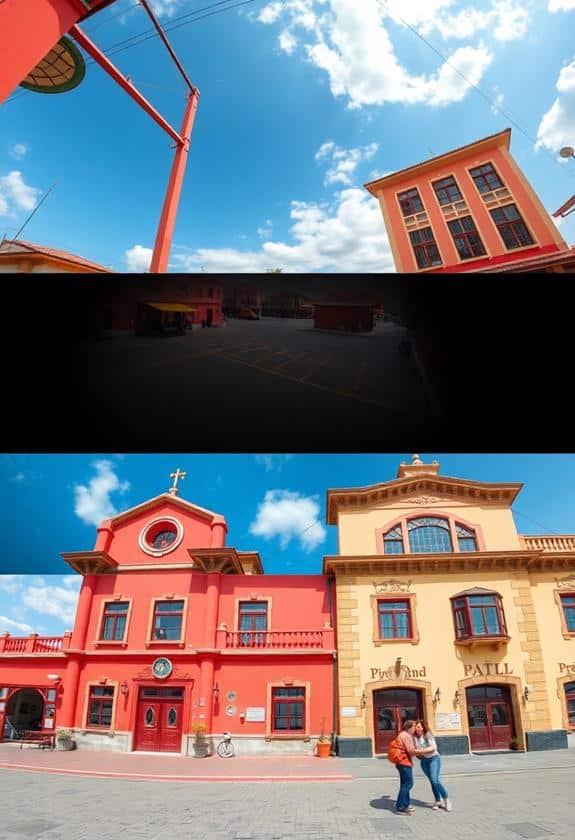
Camera angles play an essential role in storytelling, as they can greatly influence how viewers perceive a scene. Think about it: when you watch a movie, the way a shot is framed can make you feel excitement, fear, or even comfort. It’s like magic, really! For instance, when I first picked up a camera, I struggled with angles. I’d film a scene straight on, thinking it’d be fine, but it just fell flat. I quickly learned that tilting the camera or shooting from above could add drama and interest. Choosing the right equipment can also enhance your angles, as discovering the best cameras can markedly improve your filming experience.
You don’t have to be a pro to experiment with angles. Just grab your phone and start playing around! Low angles can make your friends look heroic, while high angles can create a sense of vulnerability. Remember, it’s all about what you want your audience to feel.
Safety is key, so always guarantee you’re filming in secure locations, avoiding risky spots like busy streets or steep cliffs. Trust me, you want your filming adventures to be fun and safe! So, embrace the power of camera angles; they can turn an ordinary moment into something extraordinary.
Types of Camera Angles
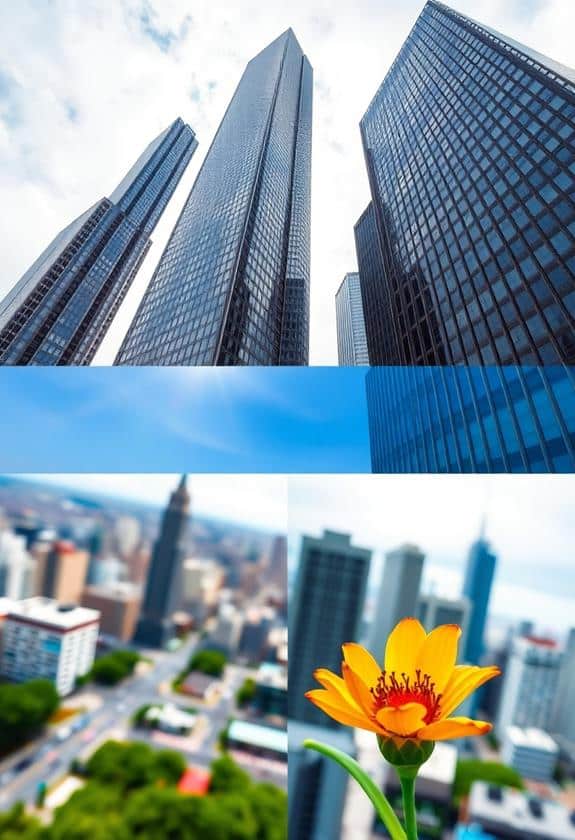
Different types of camera angles can dramatically change the way a scene is perceived. When you’re filming, think about how each angle can tell a story or create a mood. For instance, a low angle can make your subject look powerful and intimidating, while a high angle can make them seem vulnerable or small. It’s like giving your audience a whole new perspective! Utilizing equipment like an acrylic clapboard can help maintain organization during shoots, ensuring that you capture the perfect angle every time essential filmmaking equipment.
One of my favorite angles is the bird’s-eye view. It’s super cool, almost like you’re flying over the scene. It can show relationships between characters or highlight the setting’s layout. I once used this angle in a school project, and everyone was amazed at how it transformed a simple scene into something epic. You’ll also want to try out a close-up shot. This angle captures emotions beautifully and draws viewers into the character’s world.
Eye Level Angle
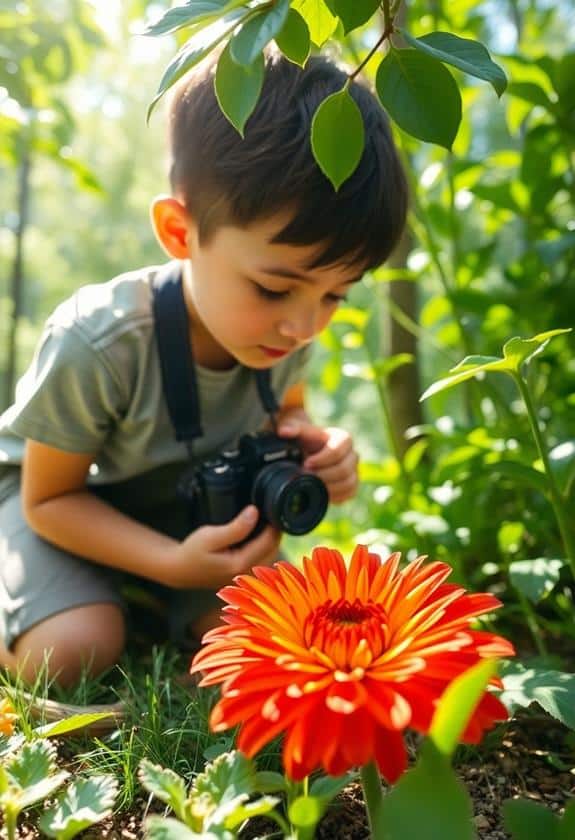
When you shoot from an eye-level angle, you bring your audience right into the scene, making them feel like they’re part of the action. This perspective is relatable and comfortable, just like chatting with a friend. It’s perfect for capturing genuine emotions and interactions, especially when using top-quality cameras that can enhance the detail and richness of your shots.
Here are a few things to keep in mind when using the eye level angle:
- Emphasizes Connection: It helps your viewers connect with your subjects on a personal level, making the story resonate more deeply.
- Versatile: You can use it in various genres, from documentaries to narratives, without overwhelming your audience.
- Natural Viewpoint: It mirrors how we naturally see the world, which can make your shots feel more authentic.
When I first started filming, I often shot from odd angles, thinking they looked cool. But once I tried eye level, I realized how much more engaging my videos became. It’s like inviting your audience into a cozy space where they can experience the story with you. So grab your camera, find that perfect eye level, and let your audience join the adventure!
High Angle Perspective
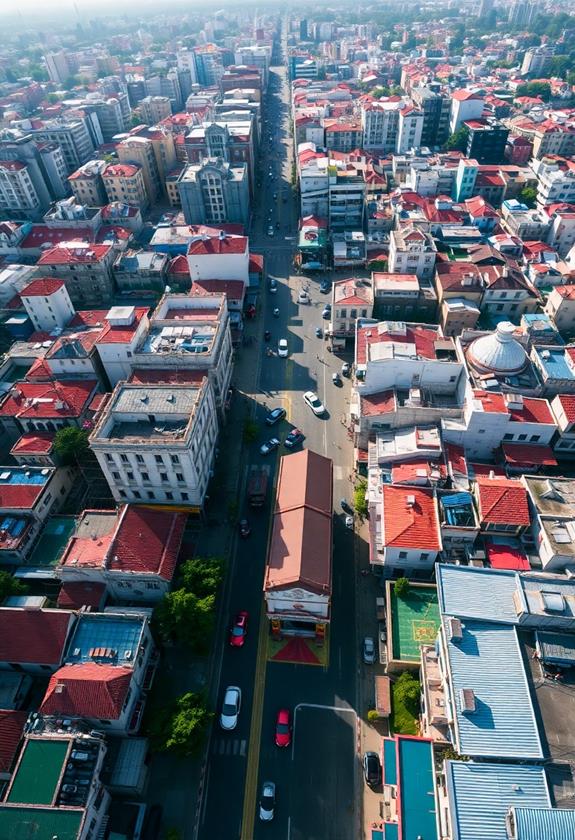
From above, a high-angle perspective can dramatically alter the way your audience perceives a scene. When you shoot from this angle, your subjects might seem smaller, weaker, or more vulnerable. Imagine filming a character on a playground, and you shoot from a swing. Suddenly, that character looks like they’re in a giant world—this can evoke sympathy or even humor. Using tools like drones can enhance your high-angle shots, providing stunning aerial views that can truly elevate your storytelling. Check out top drones for filmmakers to explore options that can take your creativity to new heights.
I remember my first attempt at using a high angle. I placed my camera on a ladder, thinking it’d create a dramatic shot of my friends playing soccer. At first, I was nervous about climbing up, but once I got the shot, I loved how it showcased the action from above!
High angles are also great for capturing landscapes or large groups. They give your audience a bird’s-eye view, offering context and helping them feel part of the action. Just make sure you stay safe; always secure your camera and avoid risky positions. Remember, your well-being is the top priority! So, next time you film, think about how a high angle can shift the storytelling in ways you never imagined. Your creativity will soar!
Low Angle Perspective
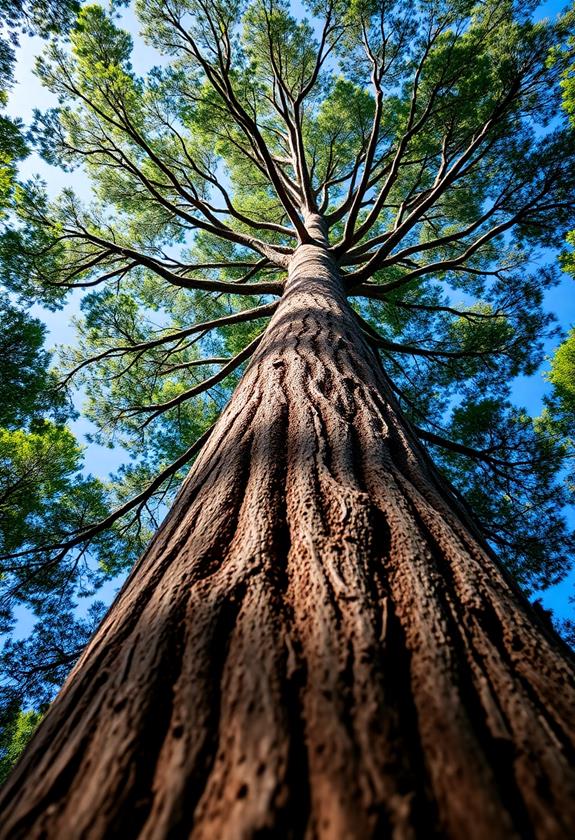
Low-angle perspectives provide a striking contrast to high angles, empowering your subjects and creating a sense of dominance or heroism. When you shoot from below, it makes your subjects look larger than life, which can be super exciting for storytelling. Incorporating techniques like using a wide aperture with a lens such as the Canon EF 50mm f/1.8 STM can enhance the dramatic effect of your low-angle shots. I remember filming a scene where my friend stood on a hill and shooting from a low angle made them look like a superhero. It was a game-changer!
Here are a few tips to keep in mind when experimenting with low angles:
- Stability is Key: Use a tripod or stabilize your camera to avoid shaky shots. You want those powerful images to look smooth!
- Watch Your Background: Pay attention to what’s behind your subject. A cluttered background can distract from your heroic focus.
- Get Creative with Lighting: Experiment with different light sources. Backlighting can add a dramatic flair to your scene.
Low angles can elevate your filmmaking, making your subjects feel bold and impactful. So, grab your camera, find that perfect spot, and let your creativity soar! Remember, every angle tells a story, so choose wisely. Happy filming!
Dutch Angle Technique
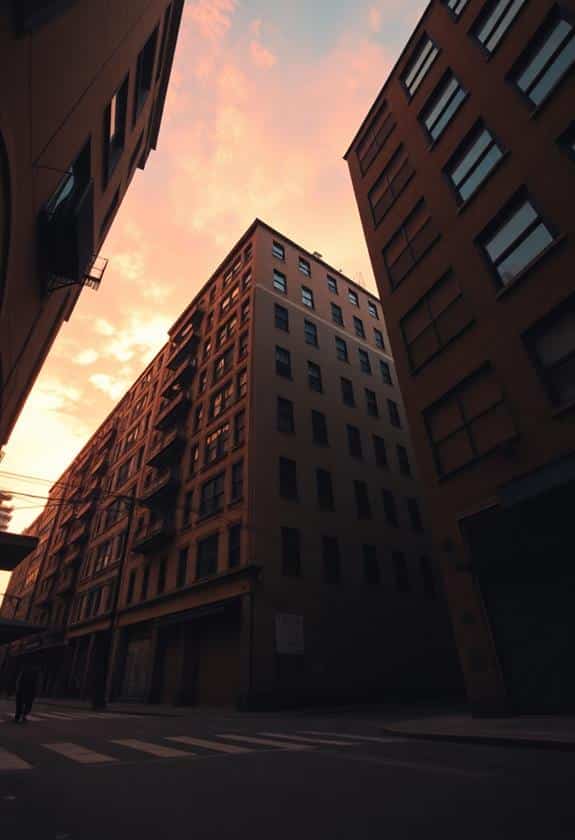
Tension often heightens in a scene when you employ the Dutch angle technique, also known as the canted angle. This fun little trick tilts your camera to one side, creating a sense of unease or disorientation. It’s perfect for moments when you want your audience to feel the pressure or chaos unfolding on screen.
Imagine you’re filming a suspenseful chase scene or a character facing a tough decision. By using the Dutch angle, you can make those moments pop! Just be sure to keep safety in mind; don’t tilt the camera so much that it looks ridiculous.
Here’s a quick reference table to help you remember when to use this technique:
| Use Cases | Effects |
|---|---|
| Chase scenes | Builds excitement |
| Emotional confrontations | Enhances tension |
| Surreal moments | Creates a dreamlike feel |
When I first tried this technique, I was nervous. But once I saw the impact it had on my film, I was hooked! So, grab your camera, practice the Dutch angle, and watch your scenes come to life with that extra edge!
Overhead Shots
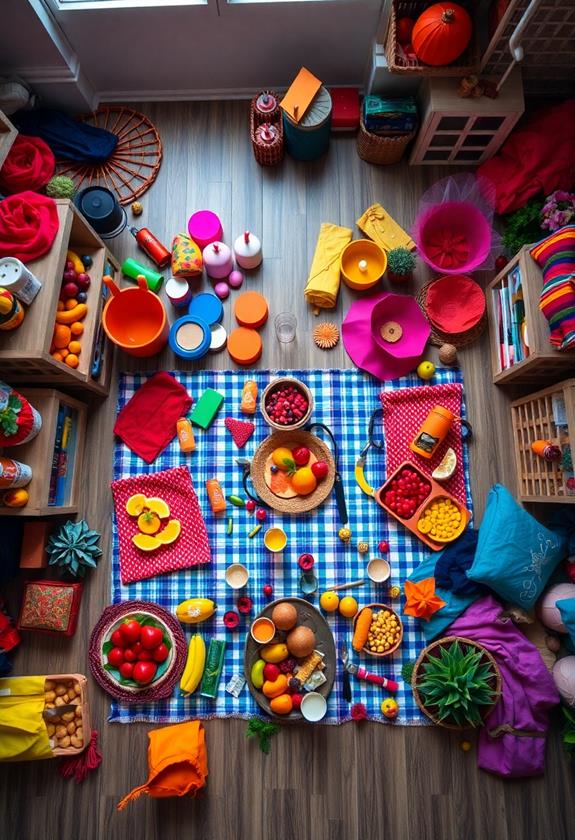
Overhead shots, often referred to as bird’s-eye views, provide a unique perspective that can transform a scene dramatically. When you shoot from above, you’re giving your audience a fresh angle to appreciate the action. It’s like looking down on a busy ant colony—everything seems so organized and intentional!
Here’s why you might want to try overhead shots in your projects:
- Showcase Layouts: You can highlight the arrangement of objects or people, making the scene easier to understand.
- Create Drama: An overhead angle can add intensity, especially during action sequences.
- Establish Context: It helps viewers see how characters interact within their environment.
When I first experimented with overhead shots, I used a ladder (safely, of course!). I was nervous, but seeing the final result was worth it. Just remember to secure your camera gear—safety first! You don’t want to be the one who drops their camera.
Bird’s Eye View
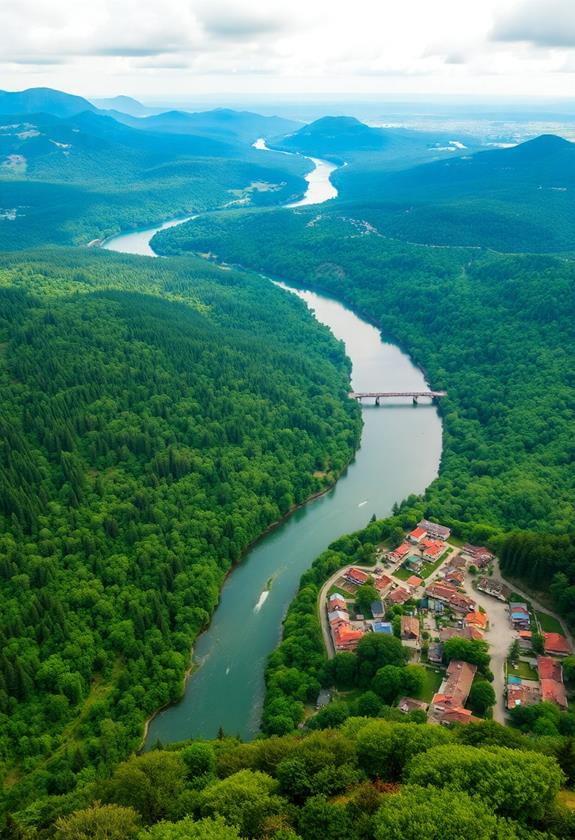
Capturing a bird’s eye view can elevate your storytelling by offering an expansive perspective that immerses viewers in the scene. This angle lets you see the world from above, and it can create a sense of scale and drama that’s hard to match. Imagine shooting a bustling market or a serene park—seeing the action from above can make your audience feel like they’re part of something larger.
When you first try this angle, you might feel a bit nervous, especially if you’re using a drone or climbing to a high spot. I remember my first attempt; I climbed a hill and felt the rush of excitement mixed with a tinge of fear. But once I got that shot, it was totally worth it! Just remember to prioritize safety—always check your surroundings and verify you’re in a secure location.
Using the bird’s eye view can also add a unique artistic flair to your work. It invites viewers to observe patterns and relationships they might miss from the ground. So, grab your camera and explore, but keep safety in mind. You never know what stunning visuals await from above!
Tips for Choosing Angles
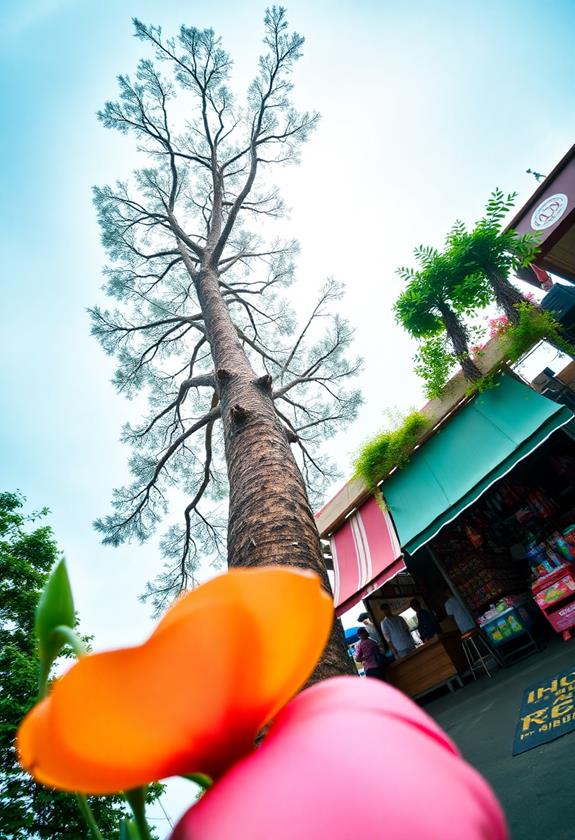
When it comes to choosing camera angles, consider your subject and the story you want to tell. Think about how different angles can change the mood and perspective. One time, I shot a scene from a low angle, making the character look powerful and larger than life. It radically changed the audience’s perception!
Here are a few tips to keep in mind:
- Understand Your Subject: Some subjects shine from above, while others need a close-up to reveal their emotions. Don’t be afraid to experiment!
- Think About the Story: Is it dramatic or lighthearted? A high angle can create vulnerability, while eye-level shots can foster connection.
- Safety First: Always be aware of your surroundings. If you’re climbing to get that perfect shot, make sure it’s secure. No one wants to trip over gear or fall!
Frequently Asked Questions
How Do Camera Angles Affect Storytelling in Film?
Camera angles can shape how a story feels. When you use a low angle, it can make a character seem powerful, while a high angle might make them look vulnerable. I remember filming my first short, playing with angles, and realizing how much they changed the mood. It’s like magic! So, next time you’re filming, think about what feeling you want to create. Your angles can help tell that story beautifully!
Can Camera Angles Enhance Emotional Impact in Photography?
Absolutely, camera angles can really boost the emotional punch in your photos! For instance, shooting from a low angle can make your subject seem powerful, while a high angle might convey vulnerability. I remember snapping a picture of my dog from above; it captured her sweet, timid side perfectly. So, play around with different angles and see how they change the mood—it’s like magic! Keep experimenting, and you’ll discover your unique style!
What Equipment Is Best for Experimenting With Different Angles?
If you’re diving into experimenting with different angles, you don’t need fancy gear to start. A smartphone’s camera is perfect! You can easily adjust angles and try out various perspectives. If you’re ready to step up, consider a DSLR with a versatile lens, like a 50mm. It’s lightweight and great for all kinds of shots. Remember, it’s all about having fun, so don’t stress over the equipment—just get creative!
How Do Lighting Conditions Influence Camera Angle Choices?
Lighting conditions can change your angle choices like a magician’s trick. If it’s bright, you might want to shoot from a lower angle to capture that vibrant energy. In dim light, higher angles can help avoid shadows and create a cozy vibe. Remember, safety first! Always be aware of your surroundings. I once tripped over a cable while adjusting my angle—definitely not a fun moment! Experiment and find what feels right for your scene.
Are There Cultural Differences in Preferred Camera Angles?
Absolutely, you’ll notice cultural differences in preferred camera angles! For instance, in some cultures, low angles can signify power, while in others, they might suggest vulnerability. When I filmed my friend’s documentary, we experimented with various angles to reflect her cultural background. It was eye-opening! Remember, it’s all about storytelling. Embrace these differences and let them inspire your work—just like a good pizza, variety makes everything better!
Conclusion
So, as you immerse yourself in the world of camera angles, remember that each shot tells a story. It’s like painting with light—every angle adds a splash of emotion and meaning. Don’t be afraid to experiment and find your unique voice. Sure, you might stumble a bit along the way, but that’s just part of the journey. Keep your passion alive, and soon you’ll be crafting scenes that truly resonate with your audience. Happy filming!




